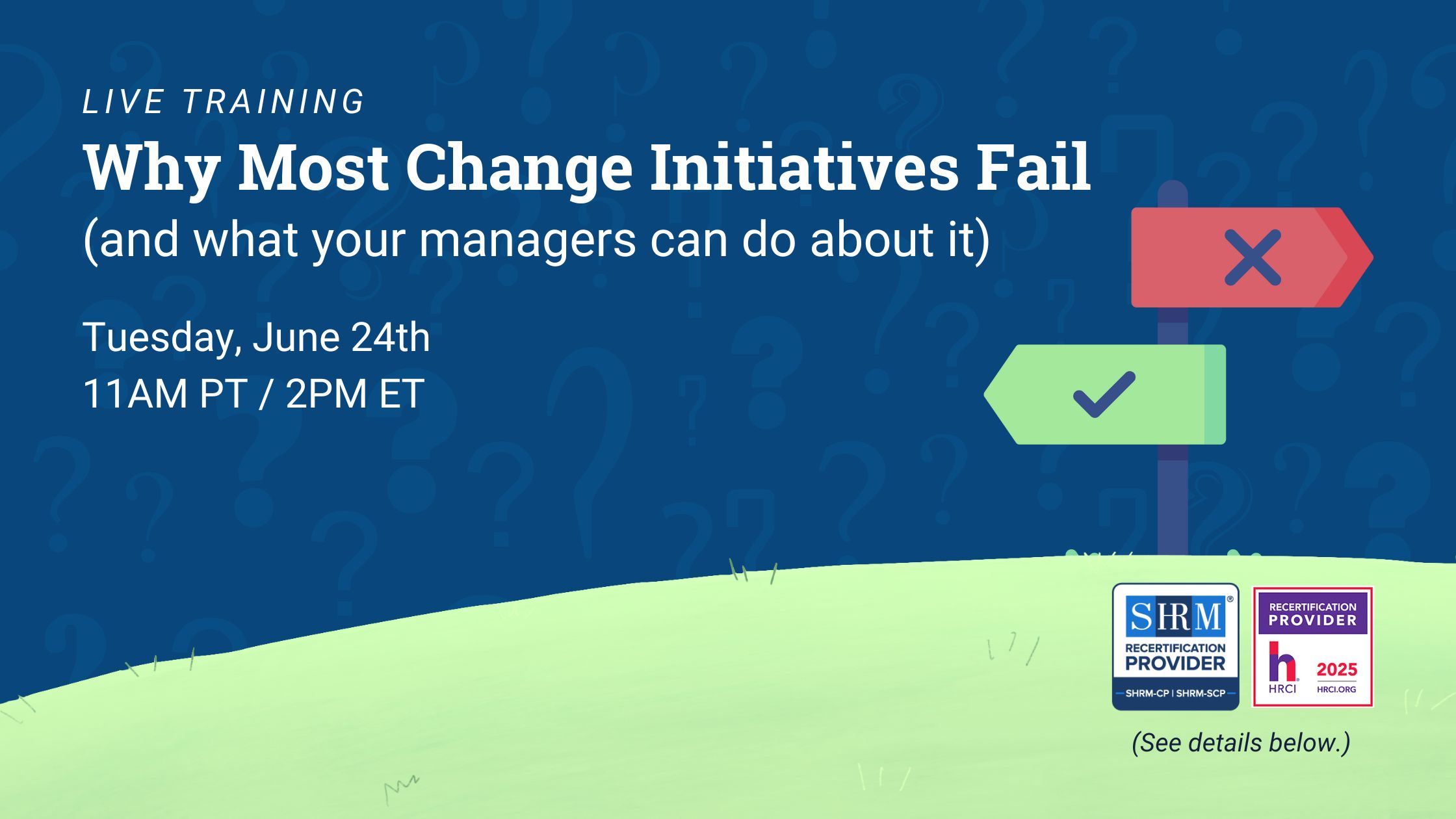The success of any company is a result of the contributions of its employees. However, the quality of an employee’s work is highly dependent on the amount of satisfaction they feel about their position and their employer. Organizations that fail to account for the contentment of their staff may suffer from negative repercussions stemming from a lack of motivation and engagement.
Below, we reveal more about the crucial role employee satisfaction plays in the workplace, including what it is, why it’s important and how to measure it.
What Is Employee Satisfaction?
Employee satisfaction is the contentment a person feels towards their role and the organization they are part of. Several aspects of the workplace can impact how members of your team perceive their job, including the company’s culture, quality of management and pay. Understanding an occupation’s positive and negative attributes can help businesses make decisions on how to improve their positions.
5 Reasons Why Employee Satisfaction is Important
Every task an employee is involved with can be impacted by the satisfaction they feel about their role in the organization. The quality of your team’s performance is directly tied to their commitment and motivation, which means unhappy staff members are highly detrimental to a company’s operations. Understanding how to raise employee satisfaction and maintain their loyalty to the business will result in immediate improvements to several aspects of the company.
1. Higher employee engagement
Satisfied professionals will feel more invested in the jobs they are tasked with completing. A workplace that actively maintains a satisfactory environment can develop closer bonds with employees, which may result in decreased turnover rates. Those who feel satisfied with their occupation and the opportunities it provides can also help the company improve its culture by coming to work with positive attitudes and higher morale.
2. Increased productivity
Engaged team members are more likely to stay productive at work instead of feeling a lack of energy that’s caused by demotivation. Keeping employees satisfied with their position can lead to them develop and maintain pride in their current careers. Those who care about what they do are more likely to improve their workplace skills and hold themselves to a higher standard, and will also be more likely to stay with your organization over time.
3. Better customer satisfaction
Unmotivated employees are not good brand representatives and may cause consumers to view the company in a negative light. Products made by a dissatisfied workforce won’t meet the expectations of the business or customer. Professionals with higher satisfaction for their jobs will deliver higher quality products and services for customers to enjoy and benefit from by putting more effort into the creation and delivery of the goods and services.
4. Increased revenue
Improved customer satisfaction and higher productivity can result in increased sales, resulting in more revenue for the business. Engaged employees won’t alienate potential clients and customers and can form more positive interactions with them. Raising your team’s commitment to their roles through increased satisfaction will also reduce the costs associated with production mistakes given the care and dedication they will employ while doing their jobs.
5. Improved company reputation and employer brand
The feelings an employee has concerning their employer can have ramifications outside the quality of their contributions. Staff members who feel unsatisfied with their careers may share those opinions on popular employment websites such as Glassdoor. Developing a poor reputation can make it difficult for the organization to find new applicants. Those who are content with their jobs will share positive feedback about the position with others, which can improve a company’s reputation.
3 Ways to Measure Employee Satisfaction
The first step an employer must take to improve their team’s satisfaction is to measure how they currently feel. It can be somewhat challenging for a business to accurately gauge how employees feel about their positions by only observing their demeanor, which is why employers should interact with the staff to better understand what aspects of the organization are considered unsatisfactory.
There are multiple methods you can use to measure employee satisfaction:
1. Employee interviews
Conducting interviews with your employees can lead to crucial discoveries about the workplace, and staff should be given a platform to bring attention to their job’s main issues. However, the questions can also reveal what qualities your team appreciates about working for the organization. An accurate measurement of employee satisfaction can be made by incorporating both positive and negative feedback into your conclusion.
It’s important to remember that different staff members can hold various feelings on the same topic. For example, some employees might enjoy their current workload, while others in the same position may find their duties to be too challenging. Individual interviews will clearly define each team member’s specific preferences and help you determine which complaints are shared by the majority of employees so that you can prioritize efforts to improve.
 2. Anonymous surveys
2. Anonymous surveys
Employees might feel uncomfortable when tasked with confronting their employers directly with opinions on the organization. You can give your team members the confidence to share their satisfaction by offering them an anonymous survey. The questionnaire may ask participants to rate certain aspects of their career from one to ten and include an area where employees may optionally write a detailed response to provide the company with more information about their satisfaction levels.
3. Wellness suggestions
One way to gauge an employee’s satisfaction is to ask for their suggestions on how to improve the organization. The professional may provide insight that the company has yet to consider, given its outside perspective on the situation. Even the act of taking your staff’s opinions into consideration can have a positive impact on their view of the business. Implementing an employee’s suggestion and communicating that the improvement was made based on employee feedback will show them that the organization values their input.
5 Effective Strategies to Increase Employee Satisfaction
Companies can increase their employee satisfaction by looking into common complaints made by their staff and taking the necessary steps to correct the issues. There are numerous aspects of an organization that may cause employees to feel dissatisfied with their occupation, which is why employers should look over their collected data to determine which problems are the most severe. Every measure taken to combat employee complaints will contribute to improving workforce satisfaction.
1. Improving employee workloads
One complaint your team may share is the amount of work they receive in their position. Those who feel overworked due to being given too many duties may become stressed and dissatisfied with the job. On the opposite end, employees who do not receive enough work may feel they are being underutilized by the company and also become bored and unsatisfied with their position.
Employers can alleviate this issue by fairly redistributing workplace obligations. If the majority complains about feeling overburdened, then the organization should consider splitting the tasks between more individuals and/or adjusting deadlines. The professionals who feel undervalued can be given additional duties that make use of their skill sets.
2. Offering opportunities to advance
Staff members may grow to be dissatisfied with an organization if there are no opportunities to further their careers. Companies can offer qualified employees the chance to advance to satisfy their desire to grow into a more senior role in the business. If you don’t have an available position for your professionals to move into, you may consider reskilling them for new careers within the organization or identifying additional projects that they can get involved with, either within your department or in another.
 3. Career development training
3. Career development training
Your team may become unhappy due to a lack of growth in their current occupation. Positions that don’t offer the chance to develop skills can become stale to employees who crave improvement and challenge. Offering career development programs for your staff can help them enhance their skills and become stronger assets to the company. Enriching employees through seminars and training programs may also eventually lead to promotions.
There may be situations where a person’s dissatisfaction stems from feeling uncertain about their future or workplace aspirations. Companies can hold meetings with employees who need more guidance to assist them with figuring out the next steps in their careers. The sessions can help team members clearly define their goals and discover how to best utilize their skills.
4. Better benefits
A job lacking in appealing benefits can lead to dissatisfaction in employees. Companies may alleviate this complaint by providing their professionals with better benefits packages, such as offering insurance plans or paid vacation time. You can survey employees about which benefits are the most appealing to them to determine which additions will result in the highest satisfaction.
5. Better pay rates
Another main source of reduced job satisfaction is low pay rates for employees. Offering wages lower than the industry average can cause your team to feel undervalued and underpaid for their contributions to the company. Giving raises will help organizations increase their employees’ satisfaction with their positions.
Keep employees engaged
Companies that cannot connect with their hired professionals will inevitably create work environments that suffer from lowered morale. You can keep employees engaged with the organization by showing your appreciation through interesting perks and interactions, such as surprising departments with parties or offering gifts to staff members on their birthdays.
Recognizing the accomplishments of your team will also make employees feel appreciated while at work. Employers can even give out awards to those who surpass goals set by the company and to those who go above and beyond in their performance or in supporting their team members. Professionals who are engaged with the business will feel more satisfied with their careers.
Employee satisfaction is a critical aspect of every business that employers should take into consideration. Companies that understand how to measure and raise their workforce satisfaction will become more profitable and productive, while creating lasting bonds with their employees at the same time. INTOO’s coaches help employees in every stage of their career develop strategies to meet their goals, while employers reap the benefits of increased engagement, productivity, and retention. Contact us to learn about how our career development programs can benefit your company.


 2. Anonymous surveys
2. Anonymous surveys 3. Career development training
3. Career development training








